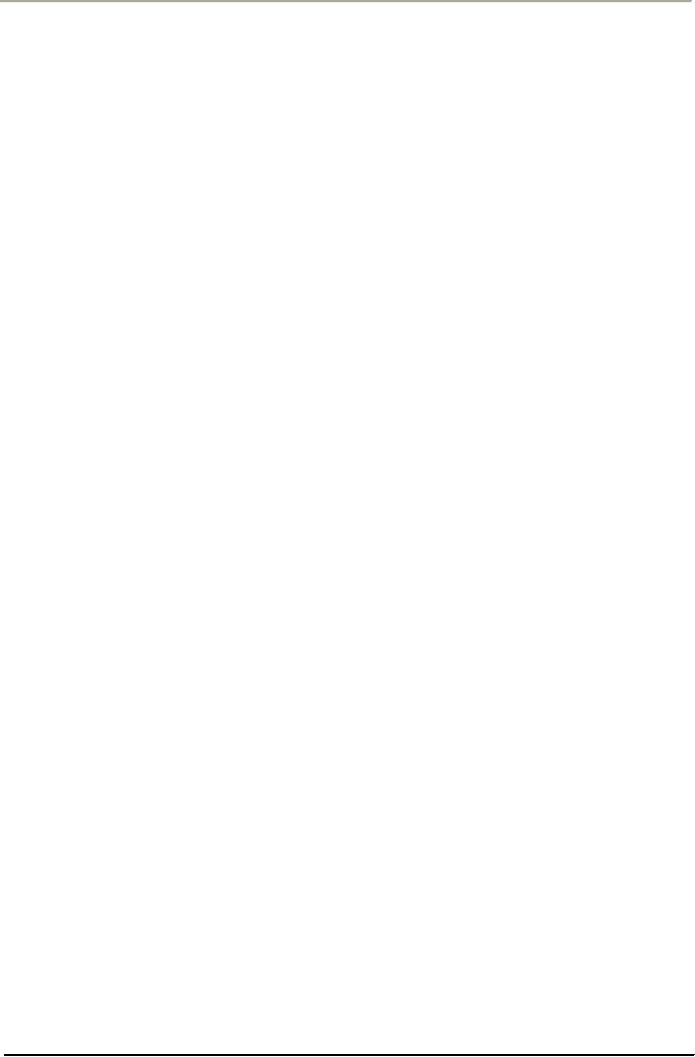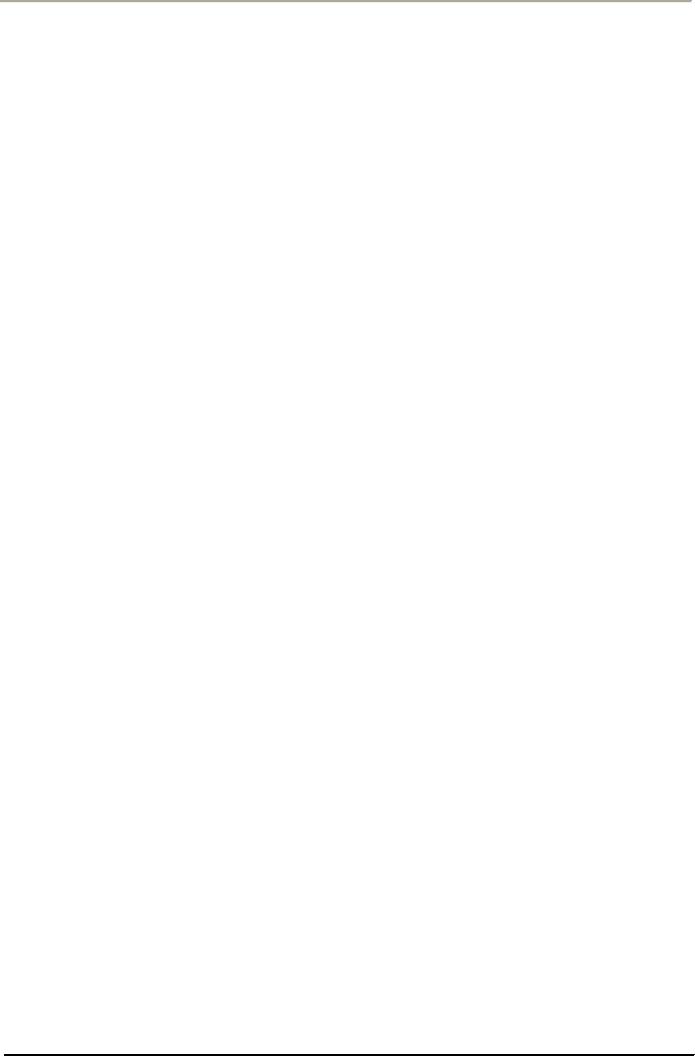 |
COSTS OF QUALITY AND RETURN ON QUALITY:Total Quality Costs |
| << CROSBY’S CONCEPT OF COST OF QUALITY:Cost of Quality Attitude |
| OVERVIEW OF TOTAL QUALITY APPROACHES:The Future of Quality Management >> |

Total
Quality Management
MGT510
VU
Lesson
# 18
COSTS
OF QUALITY AND RETURN ON
QUALITY
The
Cost of Quality:
It's
a term that's widely used and
widely misunderstood.The "cost of
quality" isn't the price
of
creating
a quality product or service. It's the
cost of NOT creating a
quality product or
service.Every
time
work is redone, the cost of quality
increases. Obvious examples
include:
·
The
reworking of a manufactured item.
·
The
retesting of an assembly.
·
The
rebuilding of a tool.
·
The
correction of a bank
statement.
·
The
reworking of a service, such as the
reprocessing of a loan operation or the
replacement of a
food
order in a restaurant.
In
short, any cost that would
not have been expended if quality were
perfect contributes to the cost
of
quality.
Total
Quality Costs
As
the table below shows,
quality costs are the total
of the cost incurred
by:
·
Investing
in the prevention of nonconformance to
requirements.
·
Appraising
a product or service for conformance to
requirements.
·
Failing
to meet requirements.
Quality
Costs--general description
Failure
Costs
Prevention
Costs
The
costs resulting from products or
services not
The
costs of all activities
specifically
conforming
to requirements or customer/user
designed
to prevent poor quality in
products
needs.
Failure costs are divided
into internal and
or
services.
external
failure categories.
Examples
are the costs of:
·
New
product review
Internal
Failure Costs
·
Quality
planning
Failure
costs occurring prior to
delivery or
·
Supplier
capability surveys
shipment
of the product, or the furnishing of
a
·
Process
capability evaluations
service,
to the customer.
·
Quality
improvement team meetings
Examples
are the costs of:
·
Quality
improvement projects
·
Scrap
·
Quality
education and training
·
Rework
·
Re-inspection
Appraisal
Costs
·
Re-testing
The
costs associated with
measuring,
·
Material
review
evaluating
or auditing products or services
to
·
Downgrading
assure
conformance to quality standards
and
performance
requirements.
External
Failure Costs
These
include the costs of:
Failure
costs occurring after
delivery or shipment
·
Incoming
and source inspection/test
of
the product -- and during or after
furnishing of
a
service -- to the customer.
of
purchased material
·
In-process
and final inspection/test
Examples
are the costs of:
·
Product,
process or service audits
·
Processing
customer complaints
·
Calibration
of measuring and test
·
Customer
returns
·
Warranty
claims
equipment
·
Associated
supplies and materials
·
Product
recalls
61

Total
Quality Management
MGT510
VU
Total
Non Quality Costs and
Return on Quality:
The
sum of the above costs to produce a
product or to deliver a service. This
represents the difference
between
the actual cost of a product or service and
what the reduced cost would
be if there were no
possibility
of substandard service, failure of products or
defects in their manufacture. The
measure of
revenue
saved by producing the right
product the first time and
every time will actually be
the return
one
gets by implementing the system of
quality.
In
general if preventive system costs
Rs. 1 like any QA system
then QC overheads are RS 10
in
comparison.
The costs incurred on
failure is Rs 100 and even sometime
higher (1000 or more) as
you
may
totally loose your customers,
your rapport or your total
market.
Hence
we need to learn that
quality system is an investment
which ultimately reduces the
total cost of
production
or working as we have to consider every
effort of ours financially accountable to
make
quality
a business case.
Quality
is a continuous journey and
hence not a
destination.
62
Table of Contents:
- OVERVIEW OF QUALITY MANAGEMENT:PROFESSIONAL MANAGERIAL ERA (1950)
- TOTAL QUALITY MANAGEMENT AND TOTAL ORGANIZATION EXCELLENCE:Measurement
- INTEGRATING PEOPLE AND PERFORMANCE THROUGH QUALITY MANAGEMENT
- FUNDAMENTALS OF TOTAL QUALITY AND RATERS VIEW:The Concept of Quality
- TOTAL QUALITY MANAGEMENT AND GLOBAL COMPETITIVE ADVANTAGE:Customer Focus
- TOTAL QUALITY MANAGEMENT AND PLANNING FOR QUALITY AT OFFICE
- LEADERS IN QUALITY REVOLUTION AND DEFINING FOR QUALITY:User-Based
- TAGUCHI LOSS FUNCTION AND QUALITY MANAGEMENT
- WTO, SHIFTING FOCUS OF CORPORATE CULTURE AND ORGANIZATIONAL MODEL OF MANAGEMENT
- HISTORY OF QUALITY MANAGEMENT PARADIGMS
- DEFINING QUALITY, QUALITY MANAGEMENT AND LINKS WITH PROFITABILITY
- LEARNING ABOUT QUALITY AND APPROACHES FROM QUALITY PHILOSOPHIES
- TOTAL QUALITY MANAGEMENT THEORIES EDWARD DEMING’S SYSTEM OF PROFOUND KNOWLEDGE
- DEMING’S PHILOSOPHY AND 14 POINTS FOR MANAGEMENT:The cost of quality
- DEMING CYCLE AND QUALITY TRILOGY:Juran’s Three Basic Steps to Progress
- JURAN AND CROSBY ON QUALITY AND QUALITY IS FREE:Quality Planning
- CROSBY’S CONCEPT OF COST OF QUALITY:Cost of Quality Attitude
- COSTS OF QUALITY AND RETURN ON QUALITY:Total Quality Costs
- OVERVIEW OF TOTAL QUALITY APPROACHES:The Future of Quality Management
- BUSINESS EXCELLENCE MODELS:Excellence in all functions
- DESIGNING ORGANIZATIONS FOR QUALITY:Customer focus, Leadership
- DEVELOPING ISO QMS FOR CERTIFICATION:Process approach
- ISO 9001(2000) QMS MANAGEMENT RESPONSIBILITY:Issues to be Considered
- ISO 9001(2000) QMS (CLAUSE # 6) RESOURCES MANAGEMENT:Training and Awareness
- ISO 9001(2000) (CLAUSE # 7) PRODUCT REALIZATION AND CUSTOMER RELATED PROCESSES
- ISO 9001(2000) QMS (CLAUSE # 7) CONTROL OF PRODUCTION AND SERVICES
- ISO 9001(2000) QMS (CLAUSE # 8) MEASUREMENT, ANALYSIS, AND IMPROVEMENT
- QUALITY IN SOFTWARE SECTOR AND MATURITY LEVELS:Structure of CMM
- INSTALLING AN ISO -9001 QM SYSTEM:Implementation, Audit and Registration
- CREATING BUSINESS EXCELLENCE:Elements of a Total Quality Culture
- CREATING QUALITY AT STRATEGIC, TACTICAL AND OPERATIONAL LEVEL
- BIG Q AND SMALL q LEADERSHIP FOR QUALITY:The roles of a Quality Leader
- STRATEGIC PLANNING FOR QUALITY AND ADVANCED QUALITY MANAGEMENT TOOLS
- HOSHIN KANRI AND STRATEGIC POLICY DEPLOYMENT:Senior Management
- QUALITY FUNCTION DEPLOYMENT (QFD) AND OTHER TOOLS FOR IMPLEMENTATION
- BASIC SQC IMPROVEMENT TOOLS:TOTAL QUALITY TOOLS DEFINED
- HOW QUALITY IS IMPLEMENTED? A DIALOGUE WITH A QUALITY MANAGER!
- CAUSE AND EFFECT DIAGRAM AND OTHER TOOLS OF QUALITY:Control Charts
- STATISTICAL PROCESS CONTROL (SPC) FOR CONTINUAL QUALITY IMPROVEMENT
- STATISTICAL PROCESS CONTROL….CONTD:Control Charts
- BUILDING QUALITY THROUGH SPC:Types of Data, Defining Process Capability
- AN INTERVIEW SESSION WITH OFFICERS OF A CMMI LEVEL 5 QUALITY IT PAKISTANI COMPANY
- TEAMWORK CULTURE FOR TQM:Steering Committees, Natural Work Teams
- UNDERSTANDING EMPOWERMENT FOR TQ AND CUSTOMER-SUPPLIER RELATIONSHIP
- CSR, INNOVATION, KNOWLEDGE MANAGEMENT AND INTRODUCING LEARNING ORGANIZATION